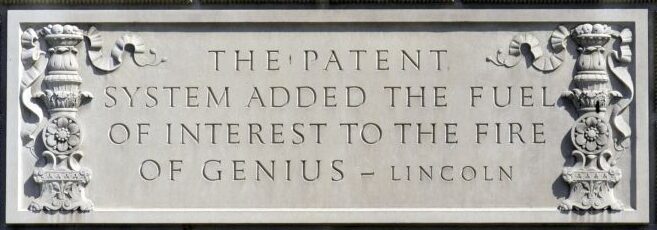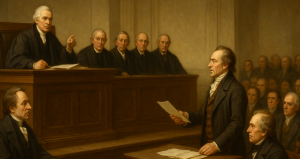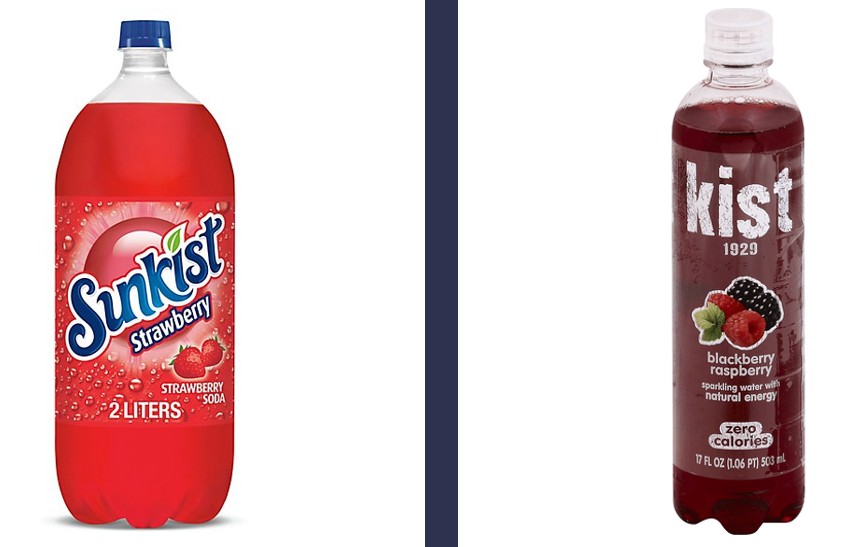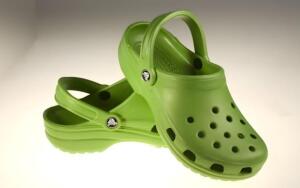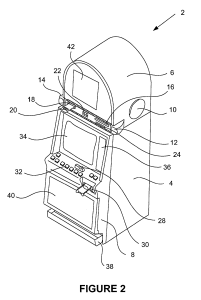by Dennis Crouch
In my recent post, I traced how the Federal Circuit’s composition has shifted from a 10-1 Republican majority in the early 1990s to its present 8-3 Democratic-appointed tilt. Dennis Crouch, The Federal Circuit’s Shifting Political Balance, Patently-O (June 15, 2025). That transformation has not only symbolic weight, but also real jurisprudential and institutional consequences, especially as the court faces more politically charged litigation such as the pending V.O.S. Selections v. Trump case. I note that the Federal Circuit’s response—en banc proceedings and unanimous per curiam orders—may reflect an institutional effort to shield itself from claims of partisanship.
Jason Rantanen and co-authors Paul Gugliuzza and Jonathan Nash have added more empirical substance to this conversation with a major study of separate opinions and dissents at the Federal Circuit from 2008–2021. Their article, Expertise, Ideology, and Dissent, provides powerful data to help make sense of how political ideology, judicial expertise, and institutional dynamics intersect at this court. (more…)

